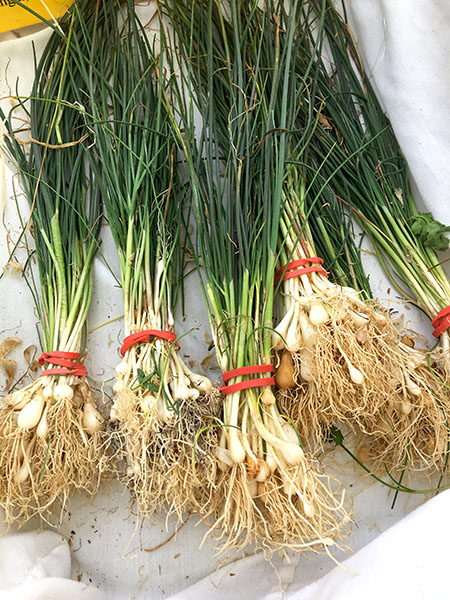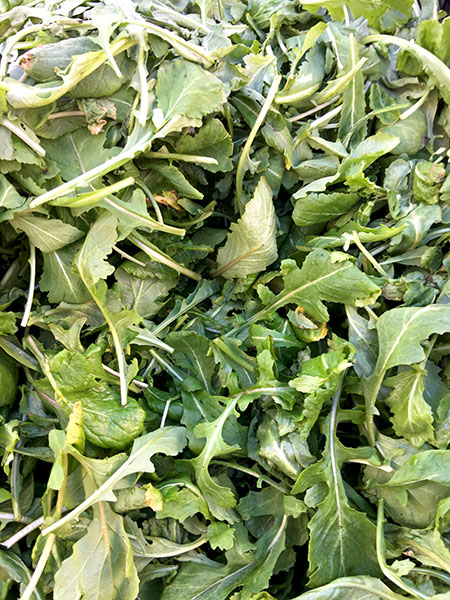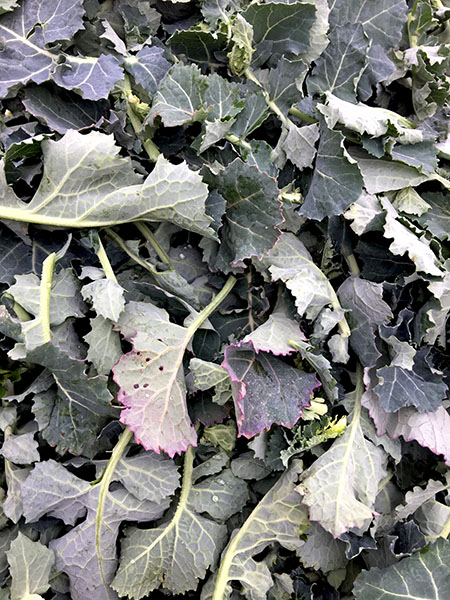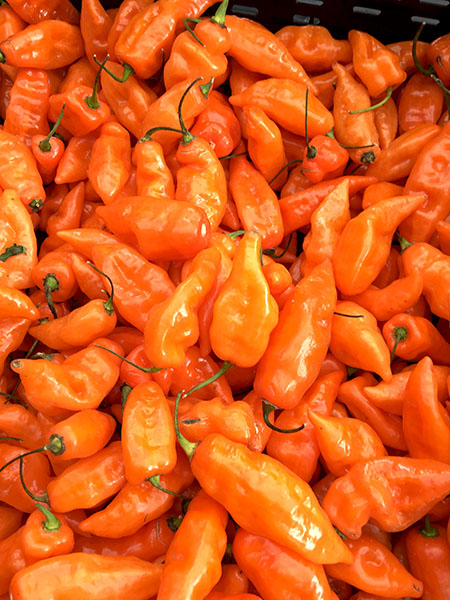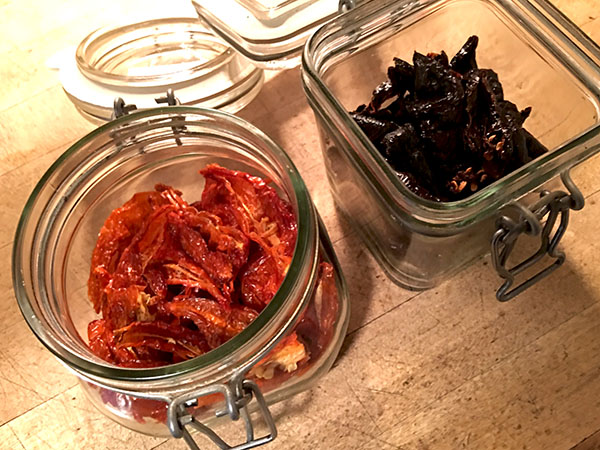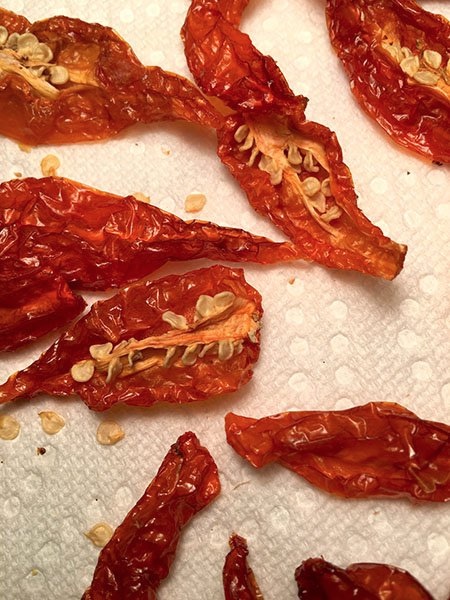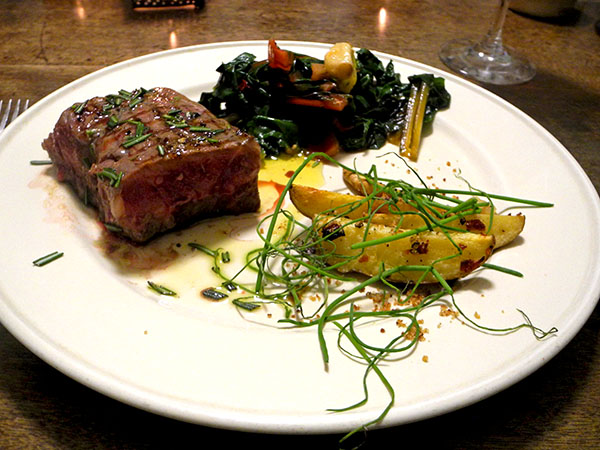
Steak and potatoes.
Local beef and potatoes might be expected in a winter farmer’s market, but there was also chard – from eastern Pennsylvania – and this was early March.
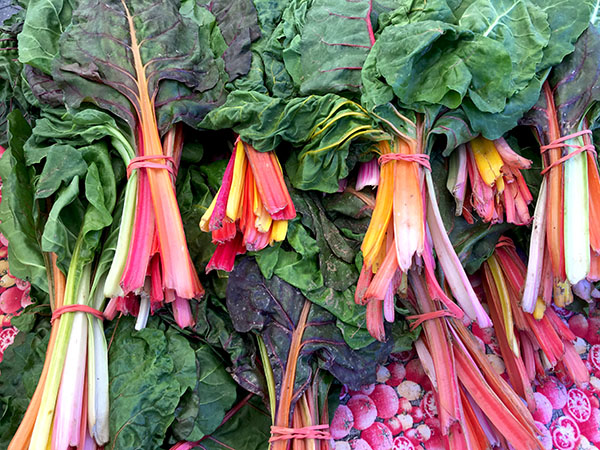
- one thick grass-fed New York strip steak (15.5 ounces) purchased from John Stoltzfoos at his family’s Millport Dairy Farm stall in the Union Square Greenmarket, brought to room temperature, dried, grilled inside a small cast iron closely-ribbed pan (seasoned on both sides only after each had been seared) over a medium-high flame, until medium rare, cut into 2 servings, each sprinkled with a little juice from a local lemon grown by Fantastic Gardens of Long Island, followed by a little chopped rosemary from Eataly and a drizzle of olive oil, the steak allowed to rest a very few minutes before being served
- one Carola potato (it was the only one left) from Max Creek Hatchery, scrubbed, left unpeeled, cut into 8 wedges which were tossed in a small bowl with a little olive oil, one unpeeled garlic clove from John D. Madura Farm, salt, pepper, and a section of a home-dried heatless, orange/gold Habanada pepper (purchased fresh from Norwich Meadows Farm last fall), arranged on a small Pampered Chef unglazed ceramic pan, roasted at about 375º for about 20 minutes, or until the potatoes had softened and begun to color, arranged on the plates, sprinkled with homemade breadcrumbs (browned a little earlier in a little olive oil with a pinch of salt), a small amount of cut lengths of chives from Phillips Farm arranged on top
- rainbow chard from Eckerton Hill Farm, wilted in a little olive oil in which some small garlic cloves from Trader Joe’s had been heated, finished with a squeeze of juice from the same local lemon used on the steak, some crushed dried dried Itria-Sirissi chili, peperoncino di Sardegna intero, from Buon Italia
- the wine was a California (vineyards from throughout the state) red, Matt Iaconis California Red Wine 2015, from Naked Wines
- the music was Heinrich Ignaz Franz Biber, his ‘Harmonia artificioso-ariosa, partitas No. 1-7’, performed by Jeanne Lamon conducting Tafelmusik

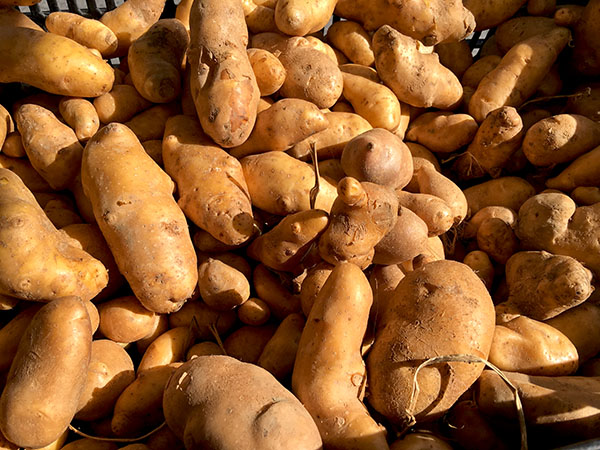
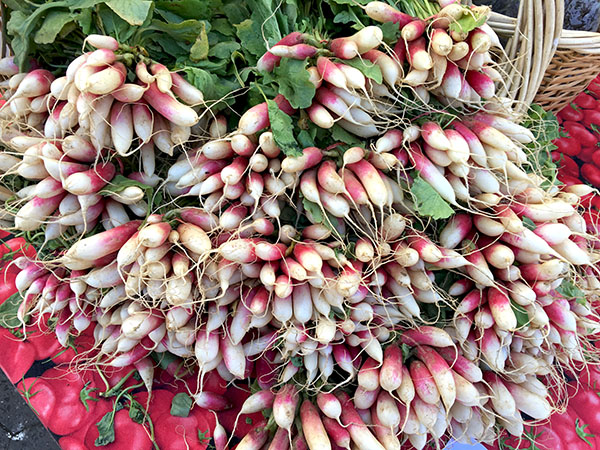
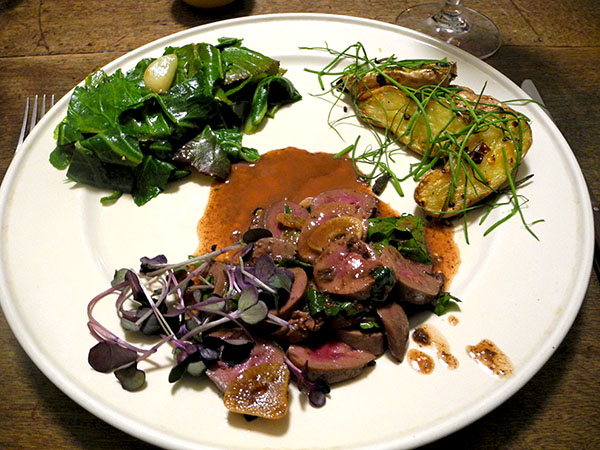
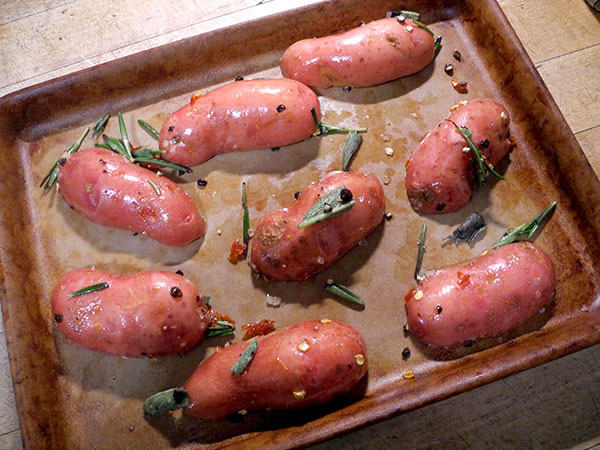
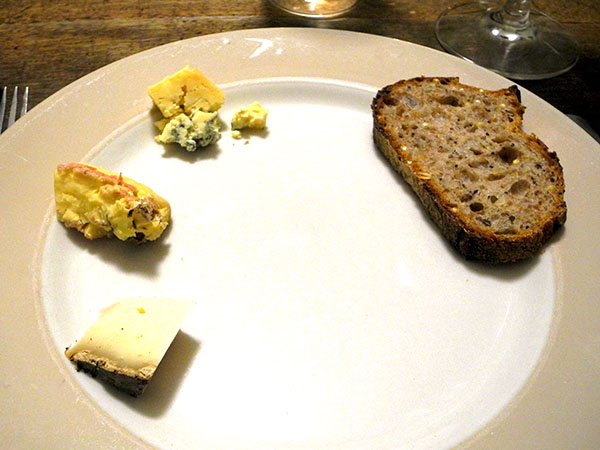


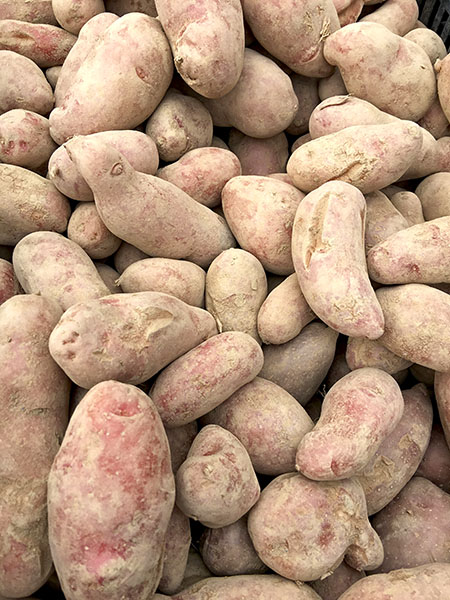

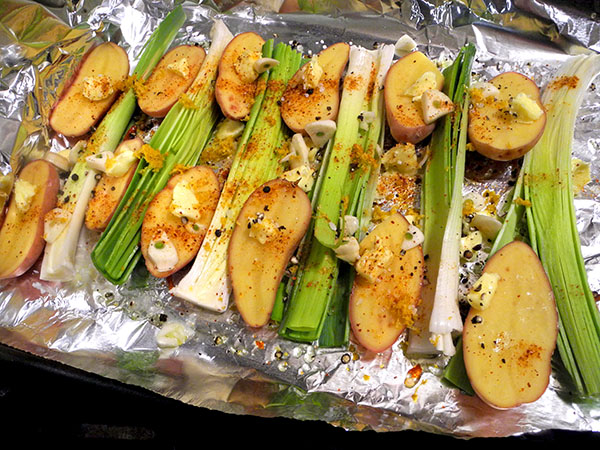
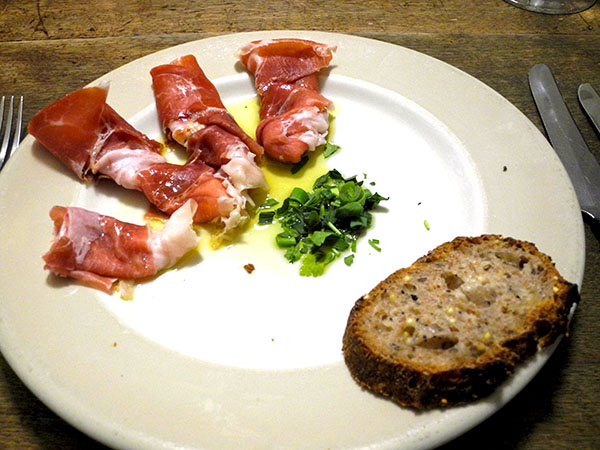
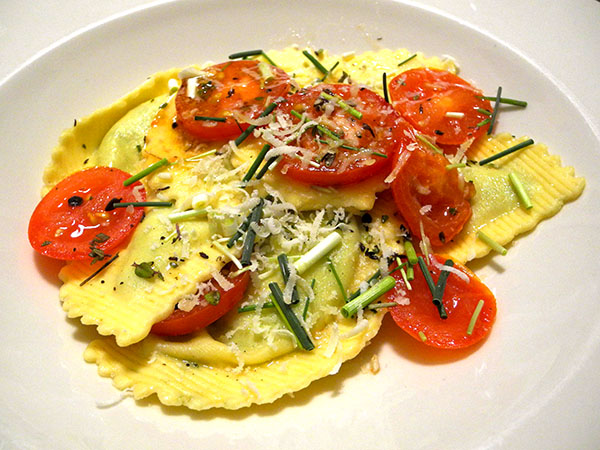

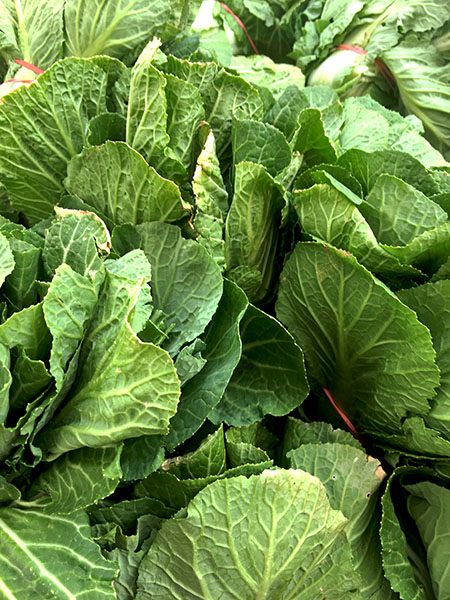
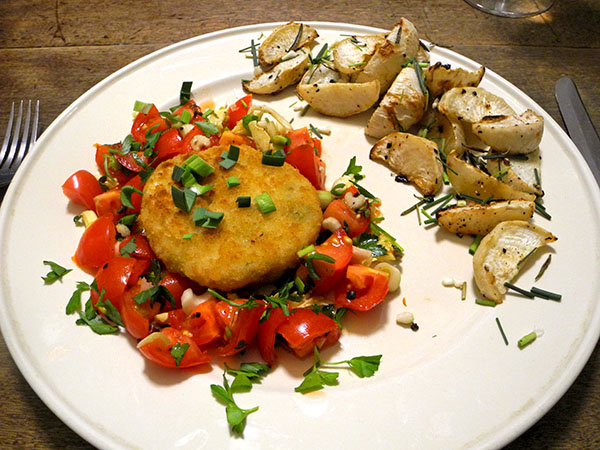

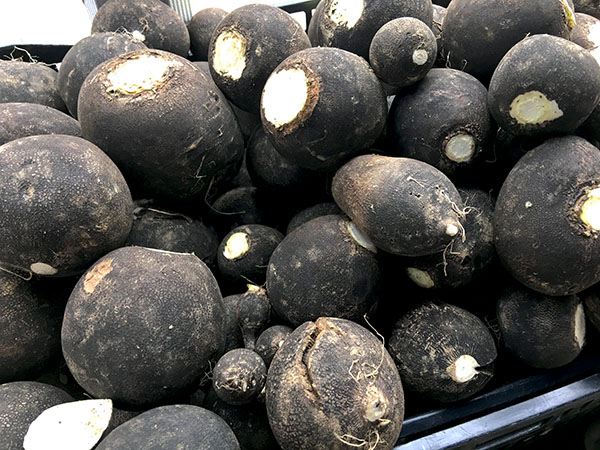
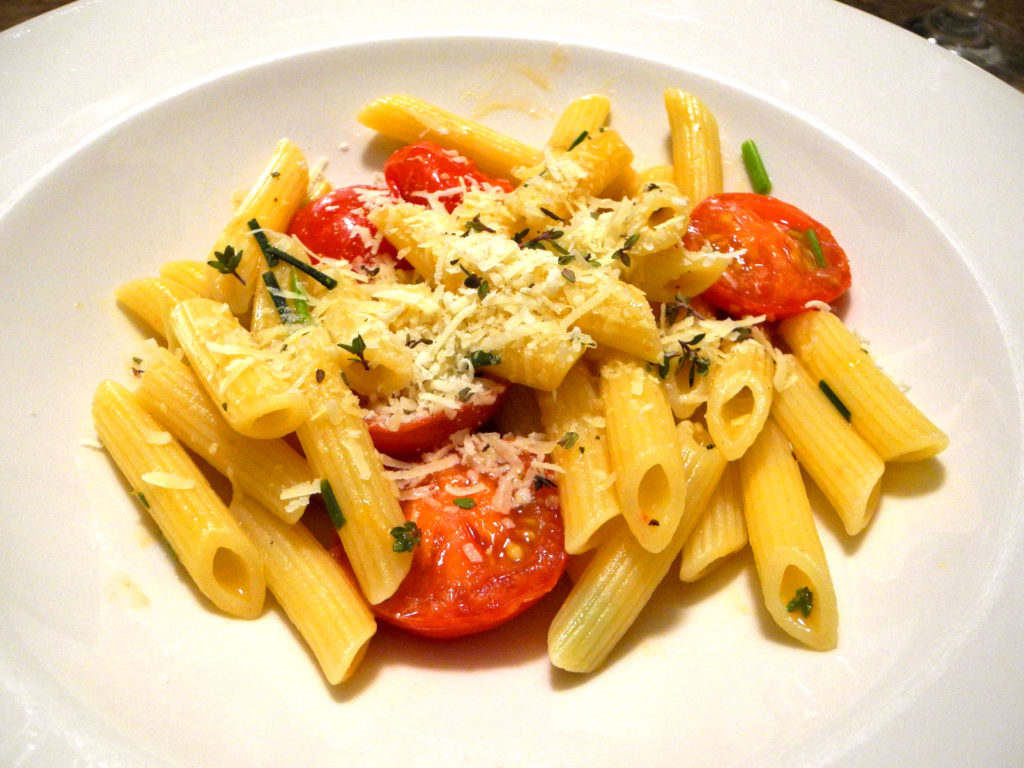 No Habanada was asked to participate in this dish,
No Habanada was asked to participate in this dish, 